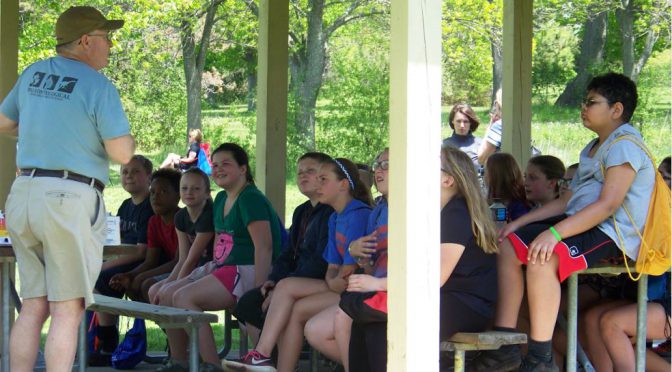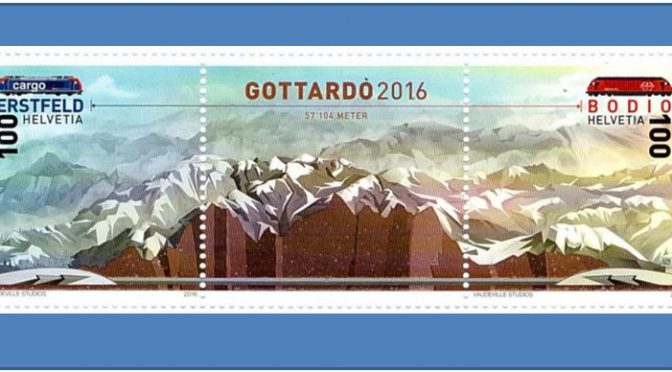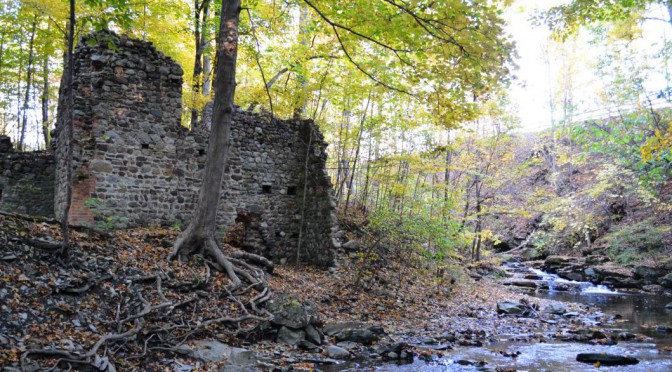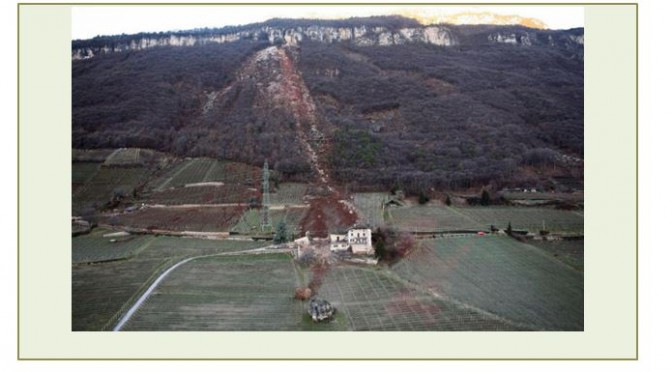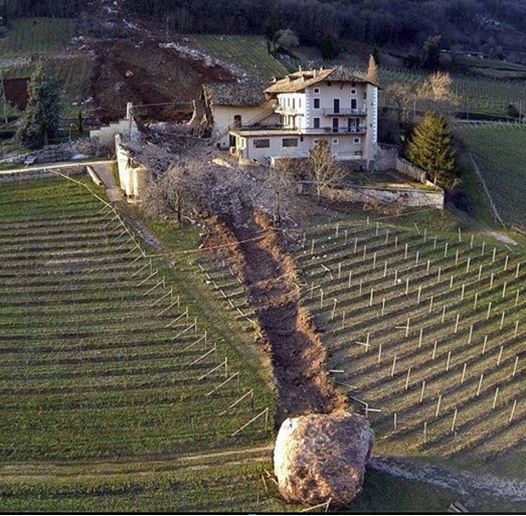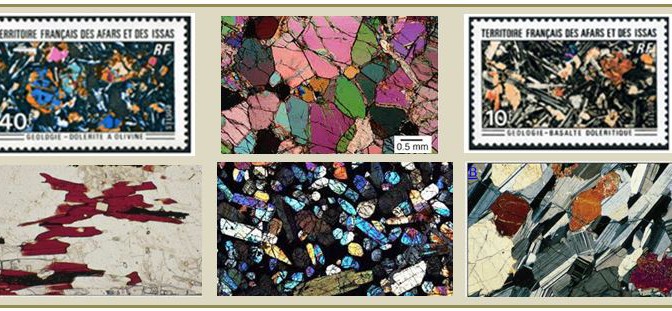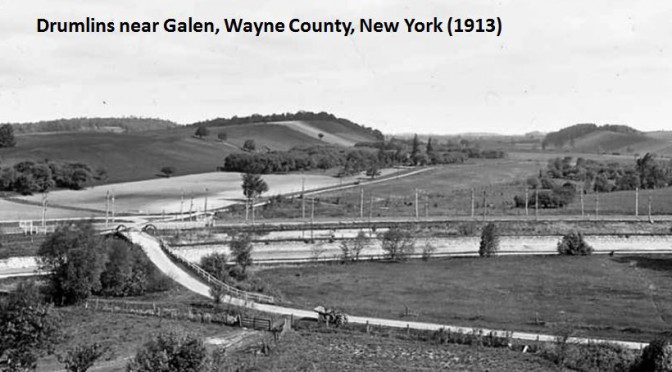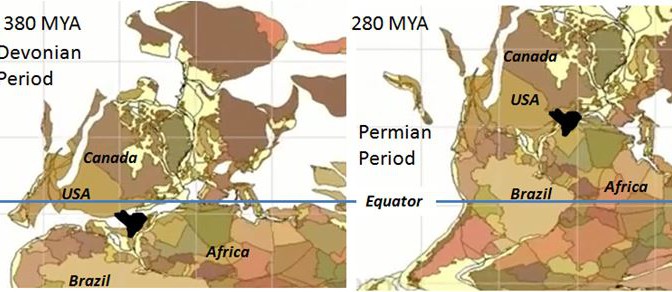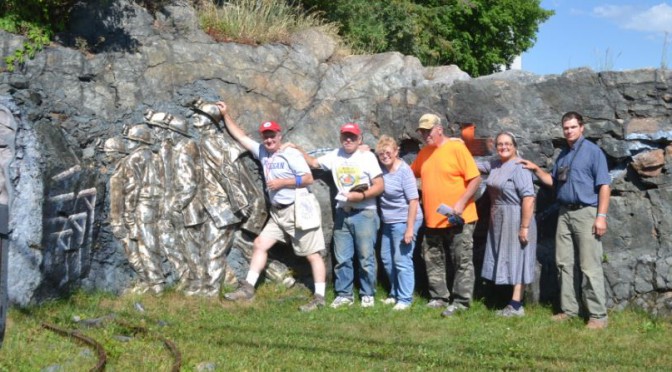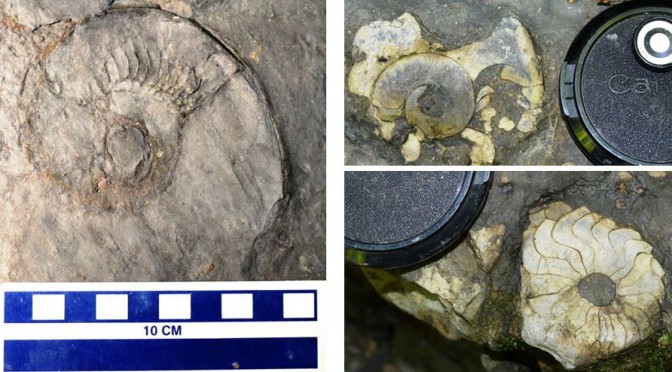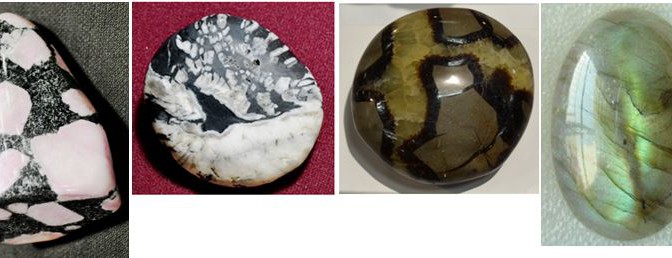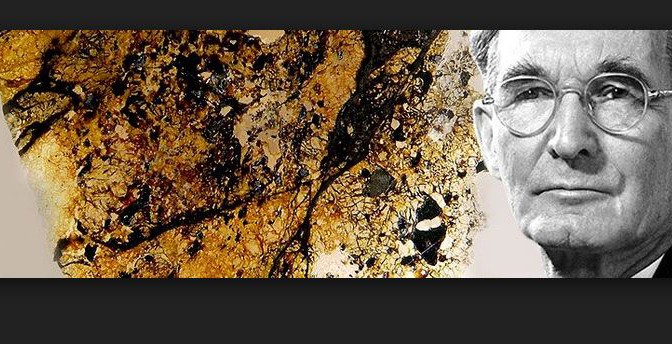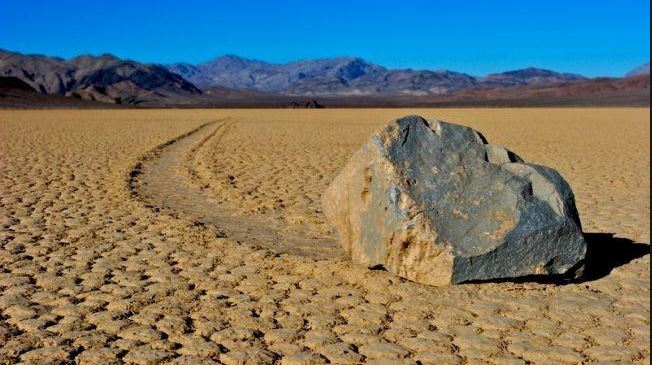The door prizes at the June meeting of the Wayne County Gem and Mineral Club consisted of a bucket of miscellaneous unpolished slabs from the club collection. Linda Schmidtgall had scoured the club collection and accumulated a wide variety of colorful and unique pieces. She set them in water for folks to make their selection. When my number was called I picked out a unique volcanic rock slab. It was an end cut, which meant one surface was raw.
Category Archives: Geology
CCE Outdoor Education Day
I’d like to thank Julie Daniels for providing my name to the Seneca County 4-H Cornell Cooperative Extension for their Outdoor Education Field Day. When they called a couple months ago, it was with some trepidation that I accepted visiting with over 300 sixth graders rotating through ten 18 minute sessions at Sampson State Park on May 17th. The big yellow buses rolled in about 9:30 and by 9:48 AM the rotations began: five sessions in sequence, a 30 minute lunch period, and then five more sessions. Incredibly, the whole thing went like clockwork. Continue reading CCE Outdoor Education Day
Gotthard Base Tunnel
My favorite rock hound club (Wayne County Gem and Mineral Club) loves to dig and we are always looking for new places to dig and new tools to use while digging. But there are some folks in Switzerland that we must acknowledge have done a little more digging than us while deploying more sophisticated and larger tools. In fact, they have been digging on the same project for 17 years. And in June of 2016 they completed their mission. All they had done was dig a 57 km (35 mile) railway tunnel through the Alps in south-central Switzerland: the Gotthard Base Tunnel.
All told this massive project removed 28 million tons of igneous and metamorphic rock (dominantly gneiss). That is enough rock to build a rectangular regular pyramid that is 5200’ high. Think about that! At its deepest points the Alps tower more than 2000m (6500’) above the tunnel floor.
Reeder Creek: Fossil Hunting Meets History
Article was published in the February 2017 WCGMC Newsletter
Sometimes it is fun to just explore for fossils or minerals by visiting an unknown location, perhaps one with potentially appropriate geology, but not a site with documented fossils or minerals. One may not find much, but occasionally one stumbles onto something completely unexpected and equally interesting. In the fall of 2015 Stephen Mayer and I had such an experience when we decided to investigate the geology along Reeder Creek in Varick, NY.
Classifying Geologists and Rockhounds
Column written for the WCGMC Newsletter, January 2017
Everyone likes to classify things: by shape, by color, by cost, by size. You name something to sort by, and someone is busy classifying with it. So, it should be no surprise that geologists get classified. And perhaps the first way they get labeled is as either a soft rock geologist or a hard rock geologist. No, it has nothing to do with the character of their head (although some might disagree) and it has nothing to do with their taste in music. Rather it relates to the type of rocks they study.
Classifying Geologists (and Rock Hounds)
Everyone likes to classify things: by shape, by color, by cost, by size. You name something to sort by, and someone is busy classifying with it. So, it should be no surprise that geologists get classified. And perhaps the first way they get labeled is as either a soft rock geologist or a hard rock geologist. No, it has nothing to do with the character of their head (although some might disagree) and it has nothing to do with their taste in music. Rather it relates to the type of rocks they study.
Geology of Curling Stones
A long time ago, long before Canada was a nation, back in the early 16th century, a few energetic Scotsmen decided to slide stones on a frozen river at a fixed target as a form of competition. The sport of curling was born. After all one cannot golf in the winter! Who knew that the game would become such a favorite halfway around the world some 400 years later.
When Rocks Move
So how would you like to wake up one morning and wonder how such a big rock got into your garden?
Collecting Thin Sections
People come in all sizes and so do collectible rocks and minerals. There are collectors who prefer garden rocks, as big as they can carry (or even bigger). These people will do this until their yards or patios are completely covered by rocks. And then they start building piles. You know who you are! There are folks who like cabinet specimens of several inches. You need space to display these also and typically quality cabinet specimen can deplete the wallet all too quickly.
Me, I prefer mineral specimens that are called miniatures, no longer than 2” in their longest dimension. A few dozen can fit on a display shelf or in a drawer. Of course there are thumbnail collectors who specialize in specimens that can fit into a one inch cube. They even have neat little special boxes, called Perky boxes named after the collector/dealer that popularized the theme. And then there are the micromounters. These collectors can purchase much of their material less expensively and the number of available minerals seems endless, but then they require binocular microscopes and perhaps close-up camera lens to best view their prized possession.
But what about collecting minerals on thin section. Is there a place for that? OK, first off what is a thin section? According to the bible of the internet, Wikipedia tells us that a thin section is a “laboratory preparation of a rock, mineral, soil, bone, or even metal for use with a polarizing microscope”. Fine, but what is it? Let me try: a thin section is a tiny sliver of rock, typically mounted/glued onto a microscope slide that permits light to pass through all the transparent mineral phases. As it turns out if you mount a polished rock surface onto a glass microscope slide and grind/polish the surface down to 30 microns in thickness (that’s about 1/800th of an inch for the metrically challenged) then many minerals will display characteristic colors and properties upon the transmission of polarized light. In this way minerals can be identified under the microscope. Further-more their textures and how they are intergrown with each other can be used to interpret how the minerals grew and how a rock might have formed.
Collecting Minerals on Mercury
Published in the July WCGMC Newsletter
Admittedly, some of the Wayne County Gem and Mineral Club collecting trips are out of this world. However, that’s figurative speech as we have not yet actually figured out how to visit any true planetary bodies. No, Cobalt, Ontario does not count, not even Sudbury. But suppose we could travel to another planet to collect. What might we find? Let’s consider Mercury for starters.
Drumlins in Wayne County
Published in the June 2016 WCGMC Newsletter
All of us who live or travel in Wayne County in western New York State know it is easier to travel north-south than east-west. Most of us know that is due to the elongated hills called drumlins that cover much of the region. And we also know that those geomorphological features were formed by the continental glaciation that covered western New York with ice a mile thick until their final retreat 12,000 years ago.
BUT, did you know that until very recently, glacial geologists could not agree on exactly how these elongated parallel hills came into existence. It was known that the drumlin fields were aligned with the glacial flow and retreat, but it was unclear whether they represent debris built up progressively during glacial advance and retreat or whether they were sculpted out of older sediment from previous glacial deposits. The debate has raged for over 150 years.
A Little Local History: Geologic History That is
It was not that long ago that Wayne County and the rest of western New York were located just south of the equator while basking in tropical temperatures. A large and shallow inland sea dominated the region with high mountains to the east and a shallow continental margin to the west. The sea was replete with life. Invertebrates dominated the sea bottom, corals and brachiopods filtered nutrients from the seawater to survive, while trilobites, cephalopods (squid), and a host of other scavenger and predator species roamed the benthic (sea bottom) region feeding on them. Numerous species of gastropods (snails) and bivalves (clams) were abundant also. The seas above were dominated by large armored fish (i.e. Dunkleosteus) and a multitude of smaller fish. It was the Devonian Period of earth’s history. It was the age of fish.
Continue reading A Little Local History: Geologic History That is
Cobalt Silver District, Ontario
During the third week in July, seven WCGMC members spent 7 days and 6 nights collecting in Ontario. The first three days in Cobalt, Ontario are summarized here. Part 2, three days near Eganville, will be reviewed in a subsequent entry. Modified from August, 2015 WCGMC newsletter article.
From its discovery in 1903 until around 1920, Cobalt, Ontario was a hotbed of silver mining and the center of Ontario’s economic mining industry as over 10,000 inhabitants opened more than 100 mines in search of silver. Over 100 years later, and for 2 days in July, 2015, seven eager rockhounds from WCGMC followed in the old timers footsteps.

Awesome Ammonites
- There are so many known fossil collecting sites in western New York that one rarely elects to “explore” new creeks or seek out new locations. And the Middle Devonian Hamilton Group is so well known in quality, quantity, and diversity of species that there seems little reason to hunt elsewhere. But on July 11, that is exactly what five members of the Rochester Academy of Science Fossil Group decided to do. We stepped up section into the Upper Devonian and headed for a gully exposing the Cashaqua Formation near Middlesex, NY. Continue reading Awesome Ammonites
Cabochons, smabochons
Published in the July 2015 WCGMC Newsletter
I have a confession to make. Yes, I admit it, for the first few decades of my adult life I collected minerals while scoffing at the notion of cutting rocks and polishing their surface to produce symmetric reflective surfaces. Cabochons, smabochons, … spheres, smears, I would say, or something to that effect. Well, since joining the Wayne County Gem and Mineral Club I have come to realize that some rocks, even some minerals, are best displayed and enjoyed after they have been carved, sliced, ground, and polished. What is more, that process can be fun and there is art involved in the creation of a polished stone. I am not a total convert, I still cherish and generally prefer natural crystalline specimens, preferably on matrix and often in association with other minerals, but I am now capable of collecting, and yes even, horrors, purchasing a polished cabochon.
OK, with that admission of past guilt, or new guilt depending on your persuasion, I decided to peruse the GemFest floor for particularly interesting pieces that had been butchered by a saw and then beautified by some process of trimming and polishing. I found several that caught my fancy. But I must warn you, beauty, color, and symmetry are not enough. The rock or mineral must tell an interesting geologic story and just like a classic mineral specimen it must have a provenance, a banded agate from somewhere just won’t make my short list no matter how beautiful it might be. So what did I find?
Earth’s Most Common Mineral
Do you know the most common mineral in planet earth? Quartz? Nope. Feldspar? Nope. Ah, you say: All that limestone, the answer must be calcite. Wrong again. OK, you think it is a trick question. Maybe it is ice with all the polar ice sheets. Nice try, ice is a mineral, but not correct.
What if I told you this mineral cannot be collected anywhere and that it was not officially named until last year even though it comprises ~38% of the earth by volume. Why, you might ask? How about because no one had been able to find a sample to analyze? Are you catching on?
The newly christened mineral is bridgmanite. For a long time, scientists have known that a significant portion of the earth’s lower mantle is a very dense magnesium-iron silicate mineral. However, lacking a sample they could not characterize the material and without crystal structure information it could not be properly studied and named.
The Hope Diamond
Article I wrote for the Dec. 2014 WCGMC News
The Hope diamond is one of the most recognized and well known jewels in the world. At 45.52 carats (9.104 grams), the 1” by ¾” pear-shaped blue jewel is currently valued at more than 200 million dollars. From its undocumented discovery in India in the 17th century (or before), the diamond has seen owners in India, France, and Britain before coming to the United States early in the 20th century. It has been re-faceted on several occasions to improve quality and luster. The gem has resided in the Smithsonian Museum of Natural History since 1958, when Harry Winston, a jeweler from New York City, donated the famous gem with the hopes it would stimulate further donations. It did and the National Gem Gallery at the Smithsonian is a must visit for anyone trekking to Washington D.C.
Hampton Corners Mine, Mt. Morris, NY
Article I wrote for Dec. 2014 WCGMC News
The Salt of the Earth
This month we will talk about a local mineral location, but not a collector site. It is in our backyard. Well perhaps more appropriately, it is in our cellar. The rocks and the minerals it contains do not crop out, but they are everywhere. And none of us could live without them.
OK, admit it, you have not heard of the Hampton Corners Mine? But maybe you know where the largest salt mine in the United States is located? Yes, it is the Hampton Corners Mine, and it is located just south of Rochester, NY. You drive by it just outside Mt. Morris if you are headed to, or from, Rochester on 390. For a moment when you drive past you may even wonder what they do in that strange looking building just east of the highway.
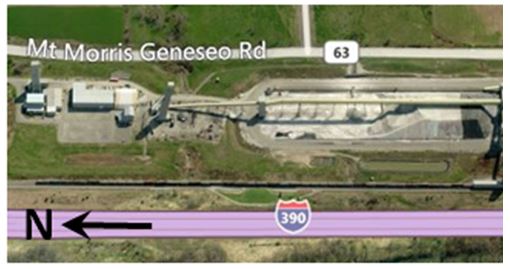
The Hampton Corners salt mine was opened by American Rock Salt in 1998 to replace the flooded Retsof Mine of Livingston County just 6 miles north. After over 100 years of continuous mining, the catastrophic 1994 flooding event in the Retsof Mine left the region with a demand for low cost road salt, but no local source. American Rock Salt stepped into that void as local businessmen purchased the property near Mt. Morris and established a new mine. In fact they established the only new salt mine in the United States in the last 40 years.
Sailing Stones
Winter is coming to upstate New York so I decided to take us to the desert for this month’s column, specifically to the large, generally flat dry lake beds of Death Valley National Park in California. For decades scientists have observed large rocks strewn about the playa surface and speculated about how they got there. Often they are found with long, sometimes curved tracks suggesting movement across the desert surface.
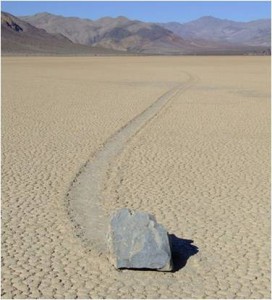
In the past, many theories were proposed to explain how rocks, some as heavy as 700 pounds, could slide or sail across the dry lake bed creating a furrow or trail in their wake. Hurricane force winds and muddy playa surfaces were suggested. Slick algal mats present during rare wet periods and thick ice accumulations were also proposed, but experiments and models developed with these ideas could not duplicate the phenomena. Furthermore, it did not seem reasonable that roving herds of pronghorn antelope had entertained themselves by pushing stones around while no one was watching. Besides there were no hoof prints!
Balmat-Edwards Zinc District – Geology
Mineral collectors know about the fine magnetite, sphalerite, hexagonite, chrome tremolite, lazulite, etc. that have come from the various mines in the Balmat-Edwards Zinc District of upstate New York. Mineralogists have studied the district for decades discovering new minerals like turneaureite and donpeacorite. But seldom are we offered such a wonderful opportunity to learn the geology of the district as afforded those attending the New York State Geological Symposium in Alexander Bay in October.
The opening address was delivered by William deLorraine, Chief Geologist for St Lawrence Zinc Co. in Gouverneur, NY. Bill is also the President of the St. Lawrence County Gem and Mineral Club. Continue reading Balmat-Edwards Zinc District – Geology

